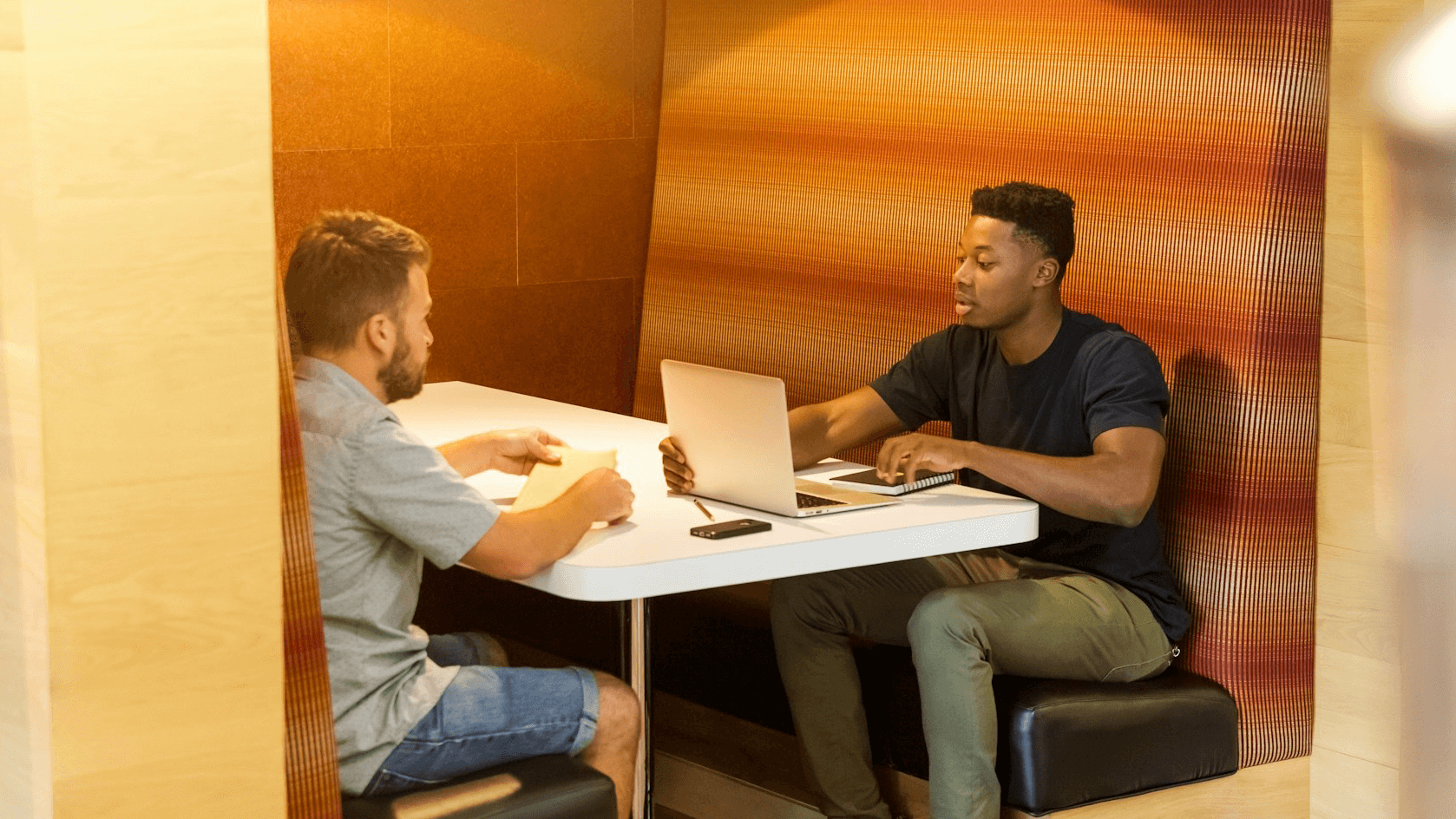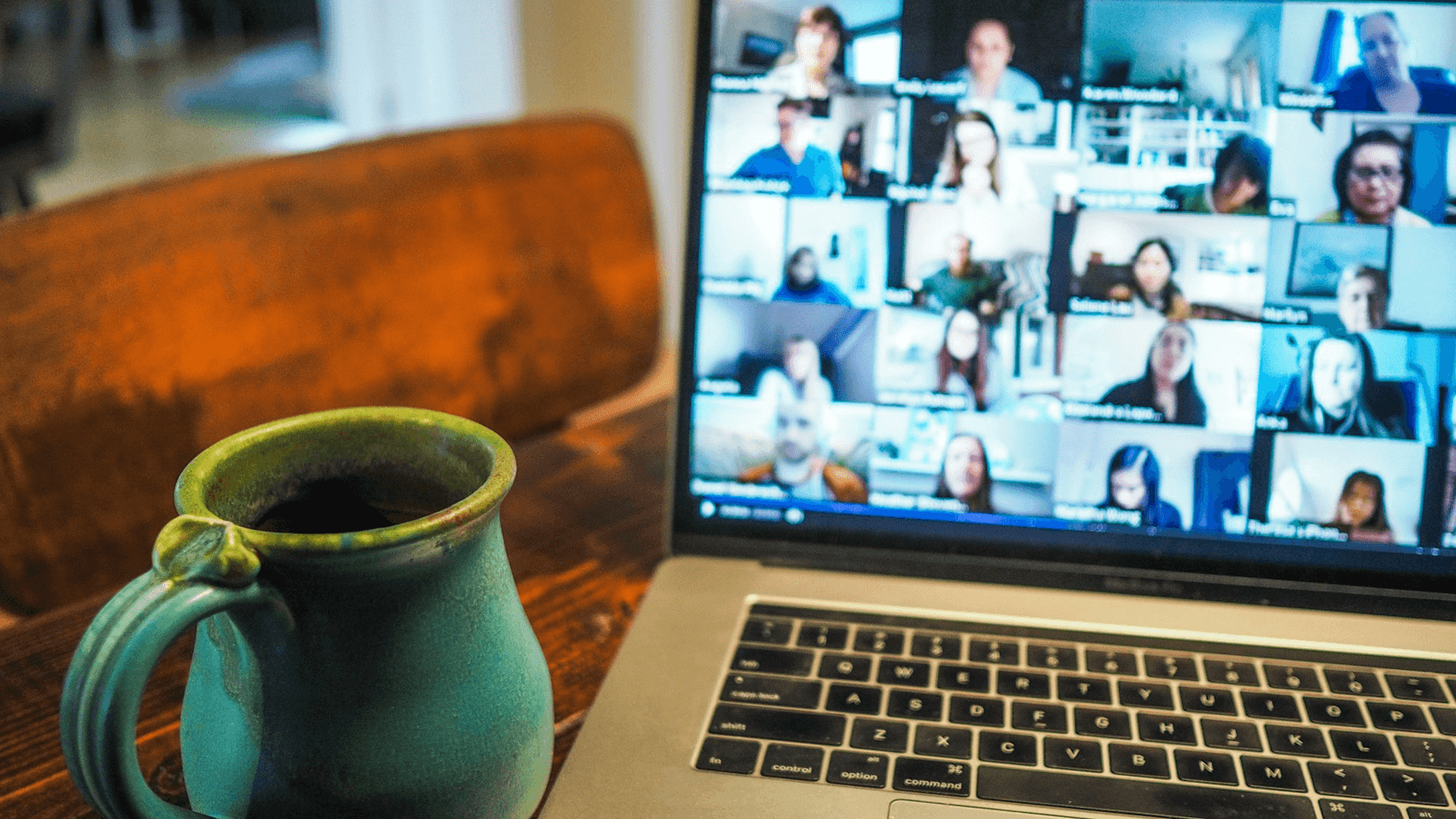How to impress over a business lunch…

Picture the scene. You’ve got an important business lunch coming up. You want to make a good impression on the person you are meeting with. What should you eat for lunch?
A study published in the Journal of Consumer Psychology has some interesting findings which indicate that if you have an important business lunch, there are various benefits to ordering the same food as the person you are trying to impress.
Scientists from the University of Chicago studied nearly 500 people to identify whether eating the same food helped them agree in negotiations.
The researcher’s conclusion was that people who are served the same food are more likely to trust each other, smooth out problems and make deals.
As part of the study, participants in the research were told to imagine they were “investors” who had to decide whether to invest in funds operated by their “fund manager” eating partners. The researchers found that those people who were served similar food invested more money.
Another interesting finding in the study was the link between food consumption and the effectiveness of advertising. The authors said that “consumers are more trusting of information about non-food products – e.g. a software product – when the advertiser in the product testimonial eats similar food to them”.
Back to the business lunch though and although the research found that there are benefits to ordering the same food as the person you are trying to impress, I’m not sure that if you’re wearing a nice clean white shirt to the lunch meeting you should necessarily follow the other person in ordering that “tricky to eat tidily spaghetti with the sloppy tomato sauce”…
Still, it seems that matching your dining partner’s meal choice could create a subtle bond through shared experience. When people choose similar dishes, they often perceive each other as having parallel tastes and sensibilities, which fosters a stronger personal connection. This perceived alignment can also reduce subconscious barriers that might arise during tense negotiations or decision-making processes, ultimately resulting in greater collaboration. Beyond business, such an approach can be applied to client dinners, networking events, or even casual meetings where establishing rapport is crucial. After all, humans are naturally drawn to those they see as similar to themselves—why not let the menu do some of the work?











